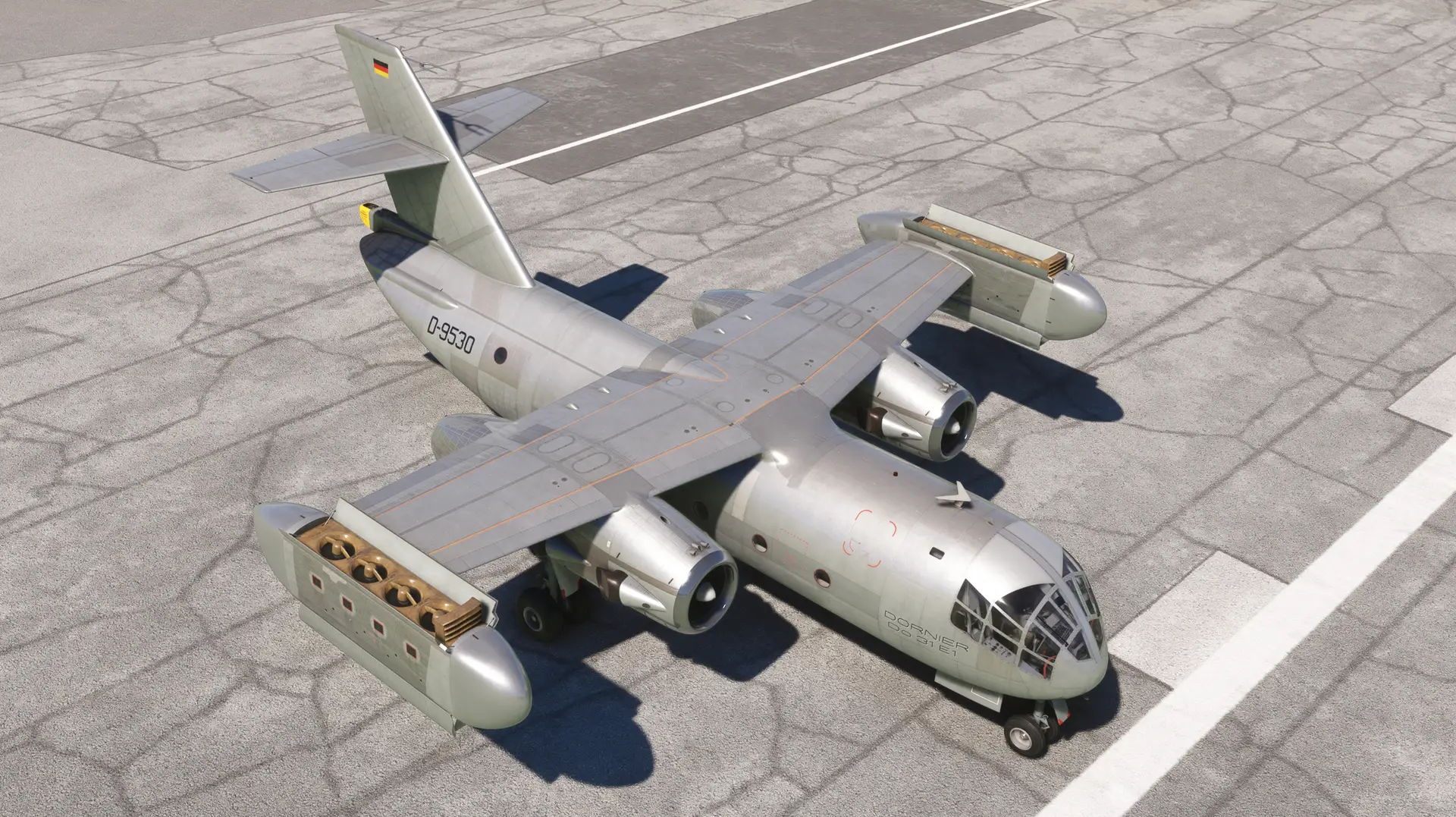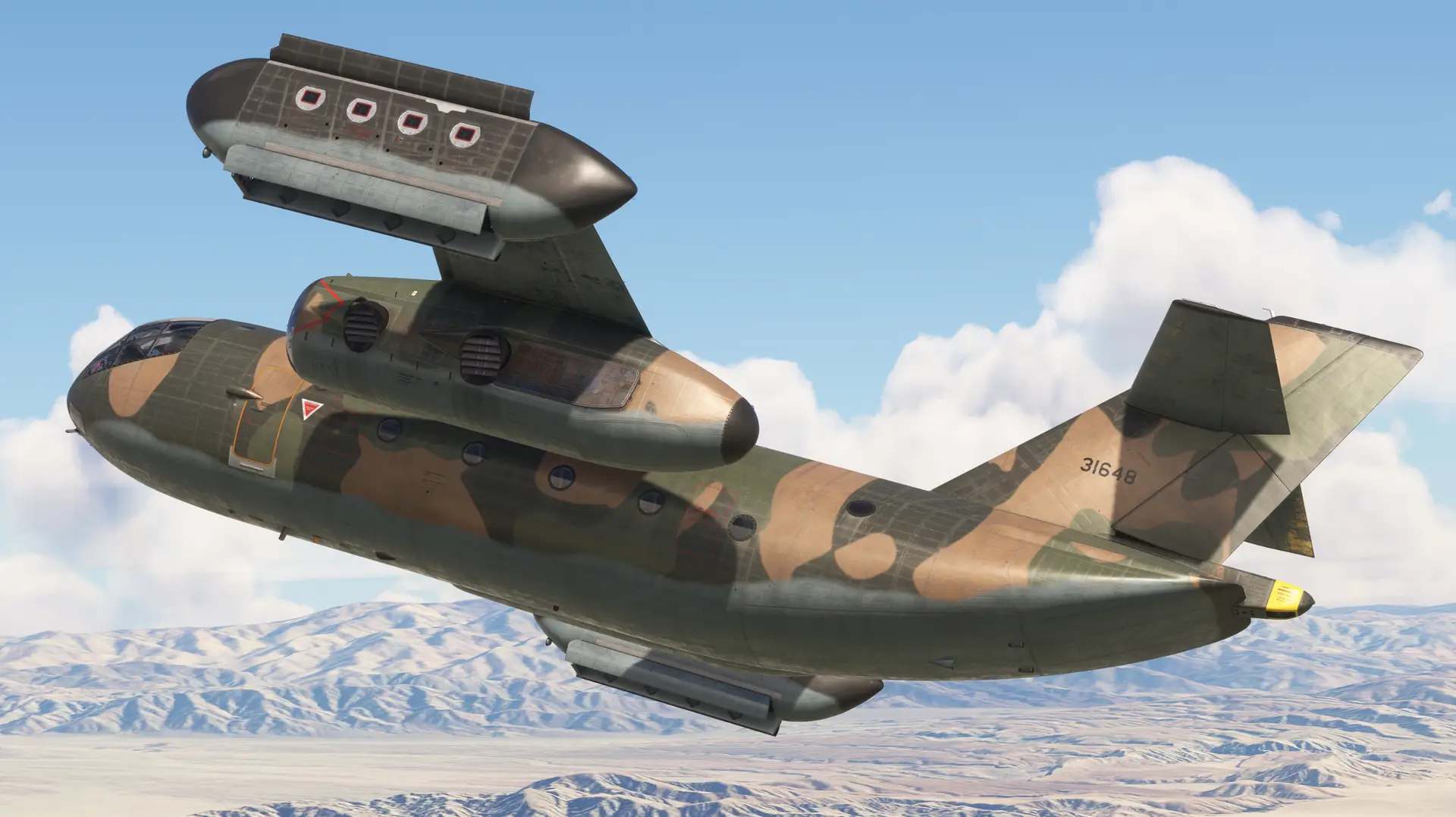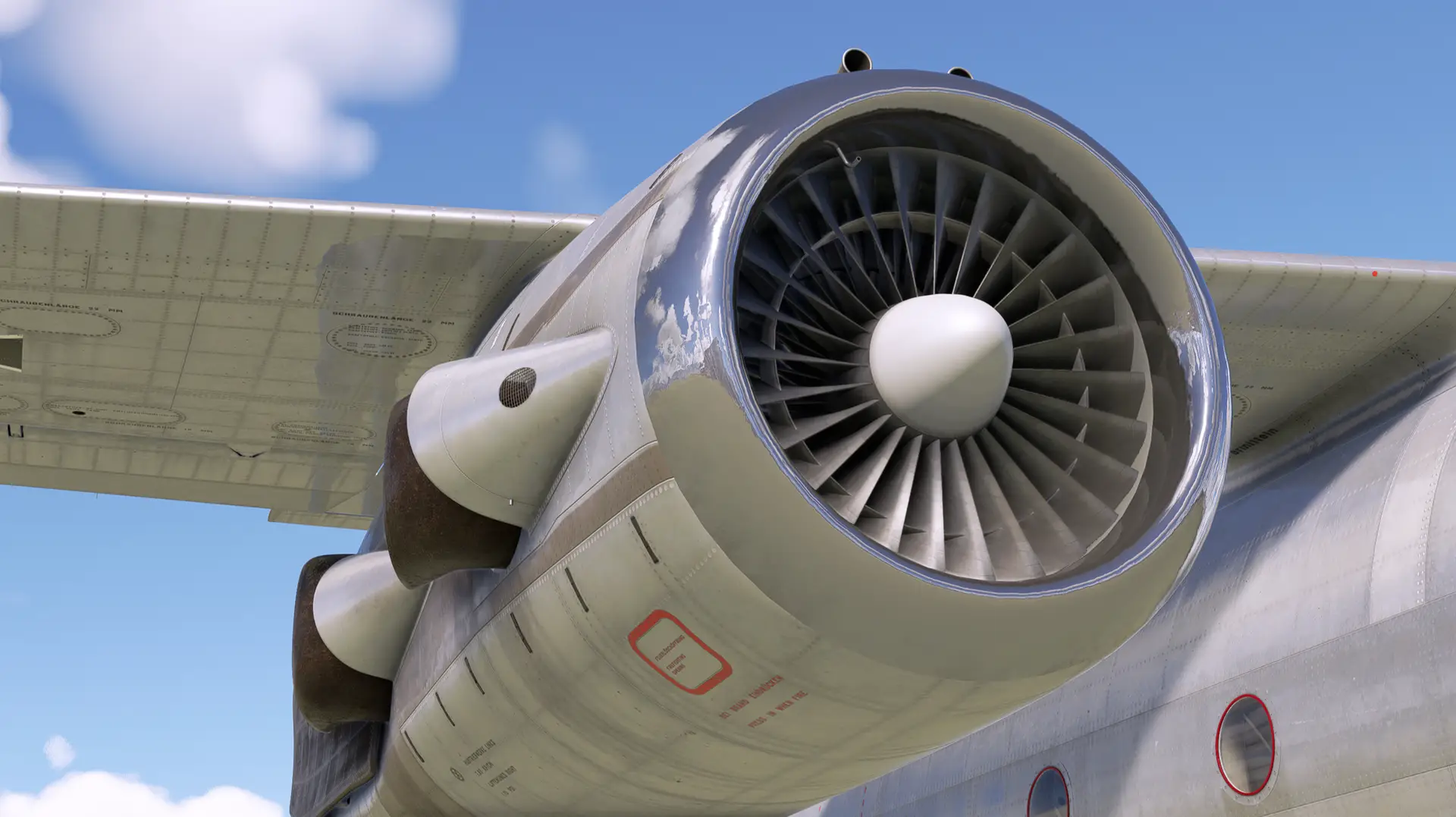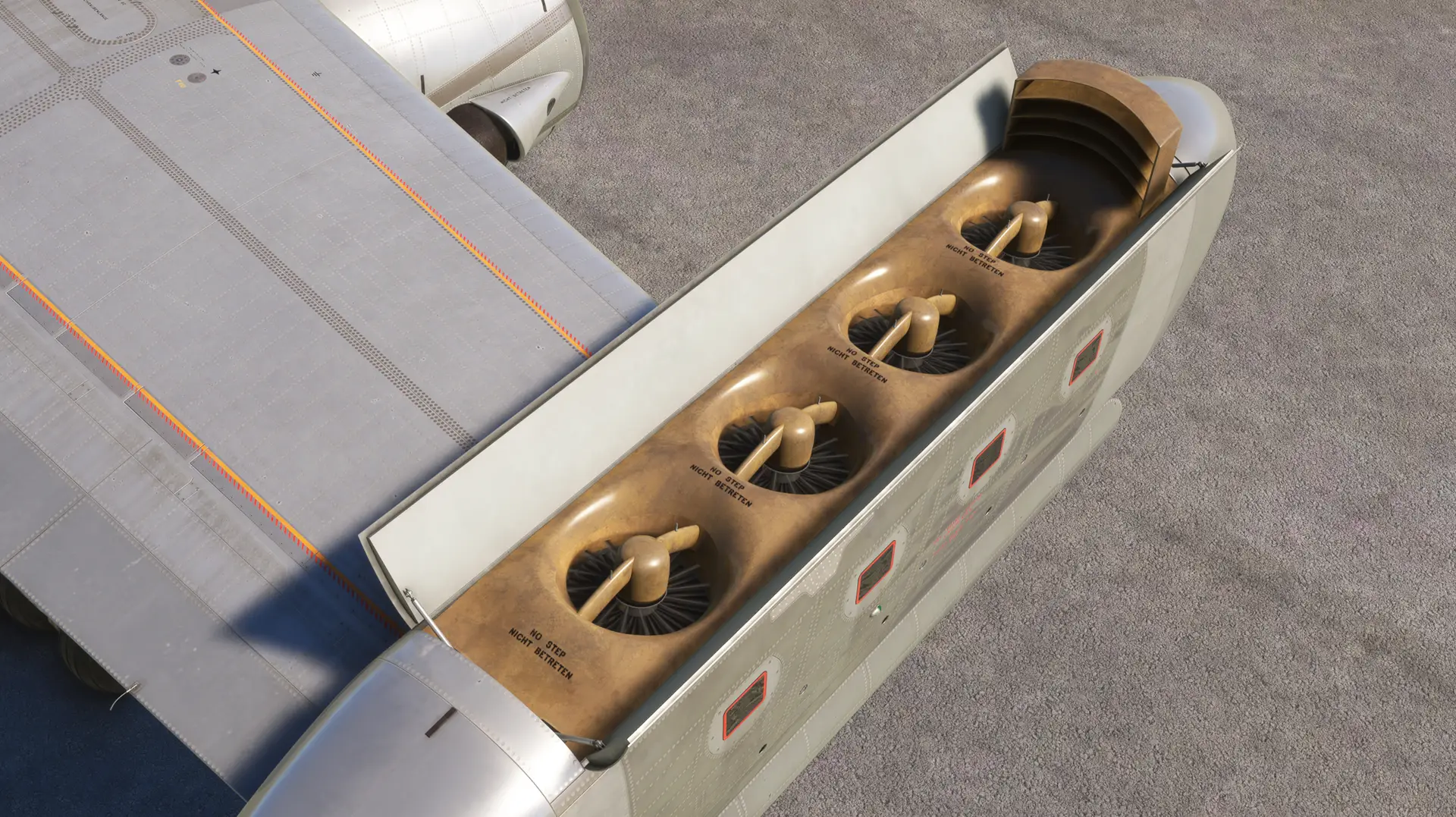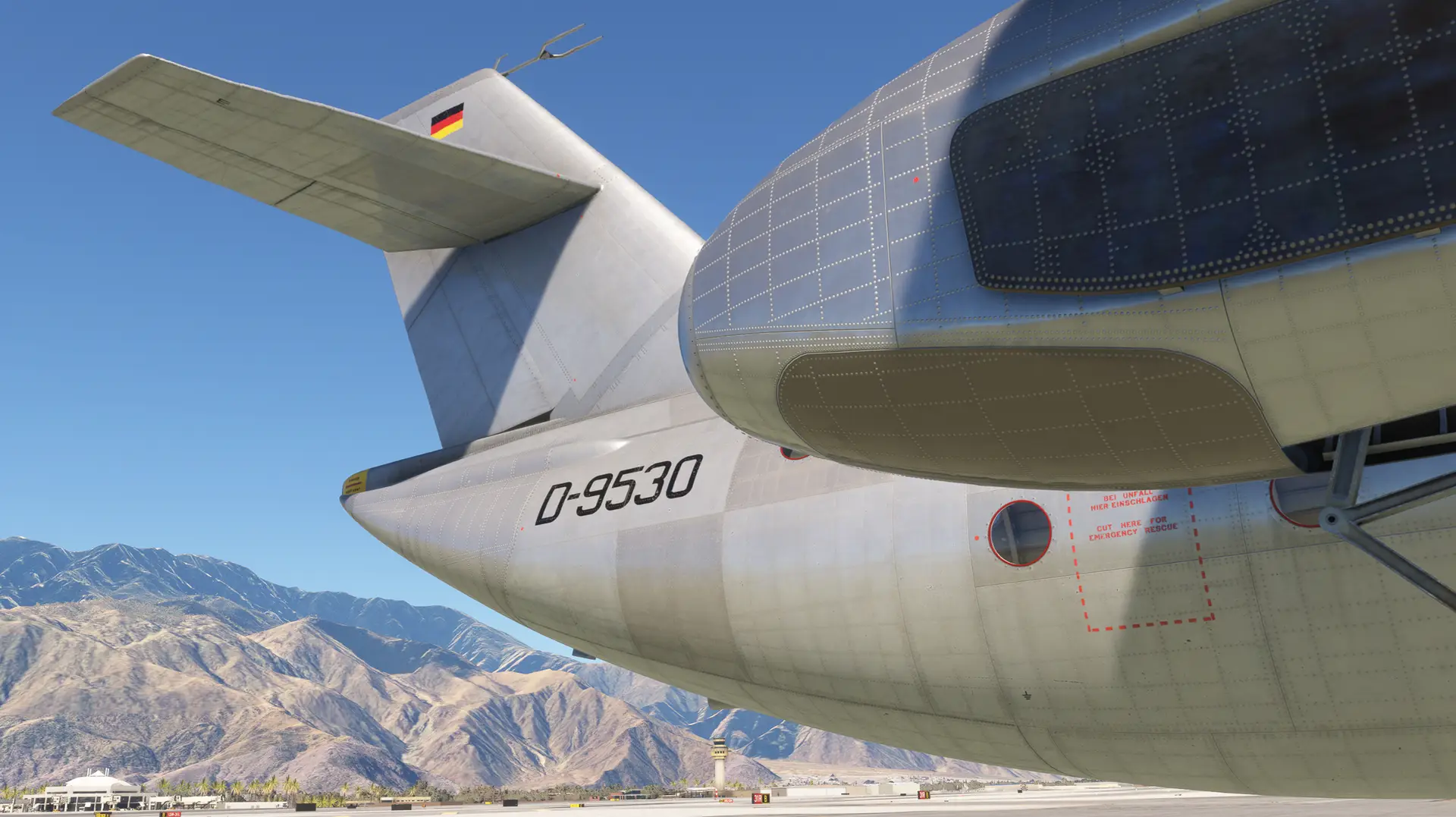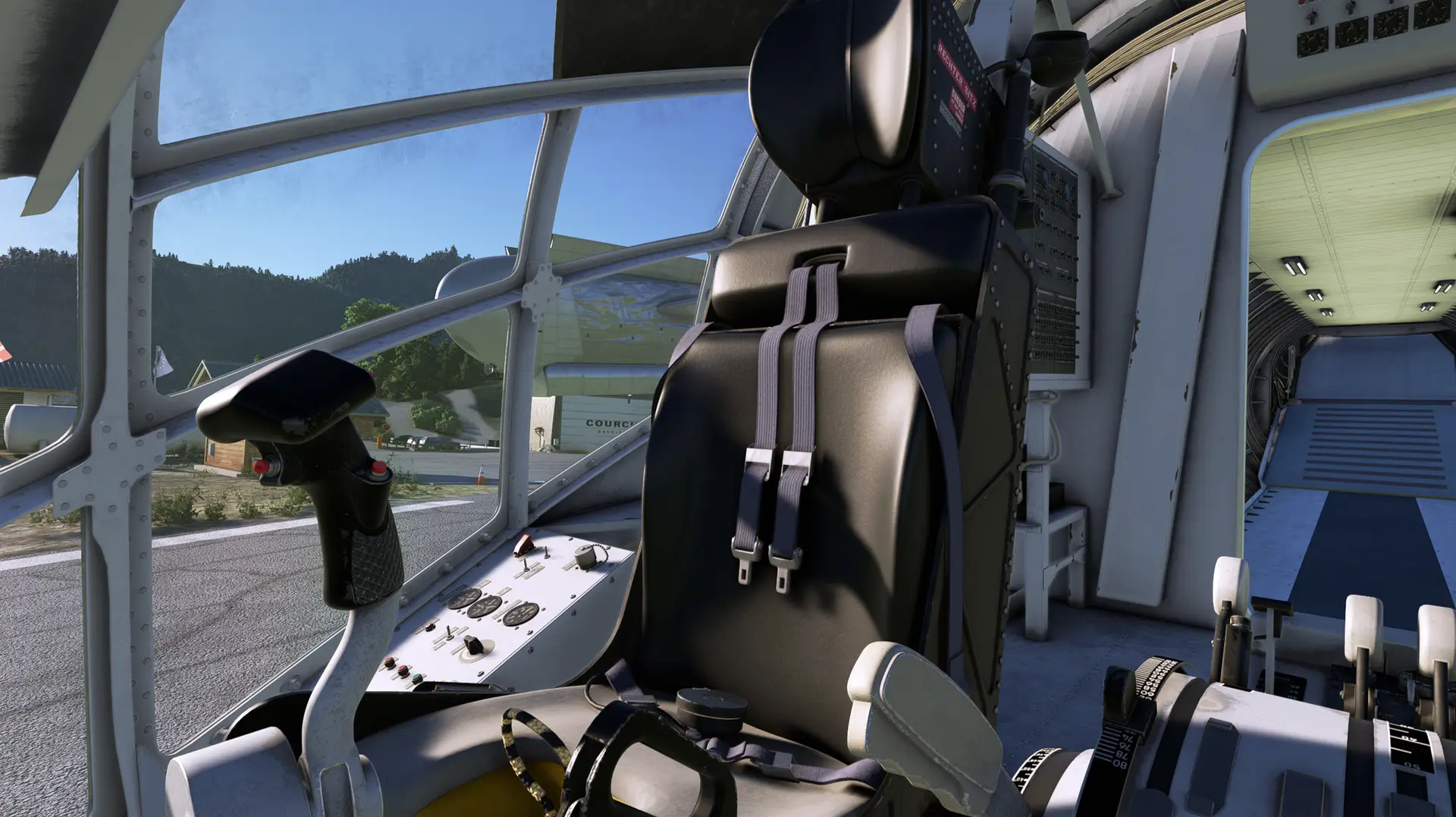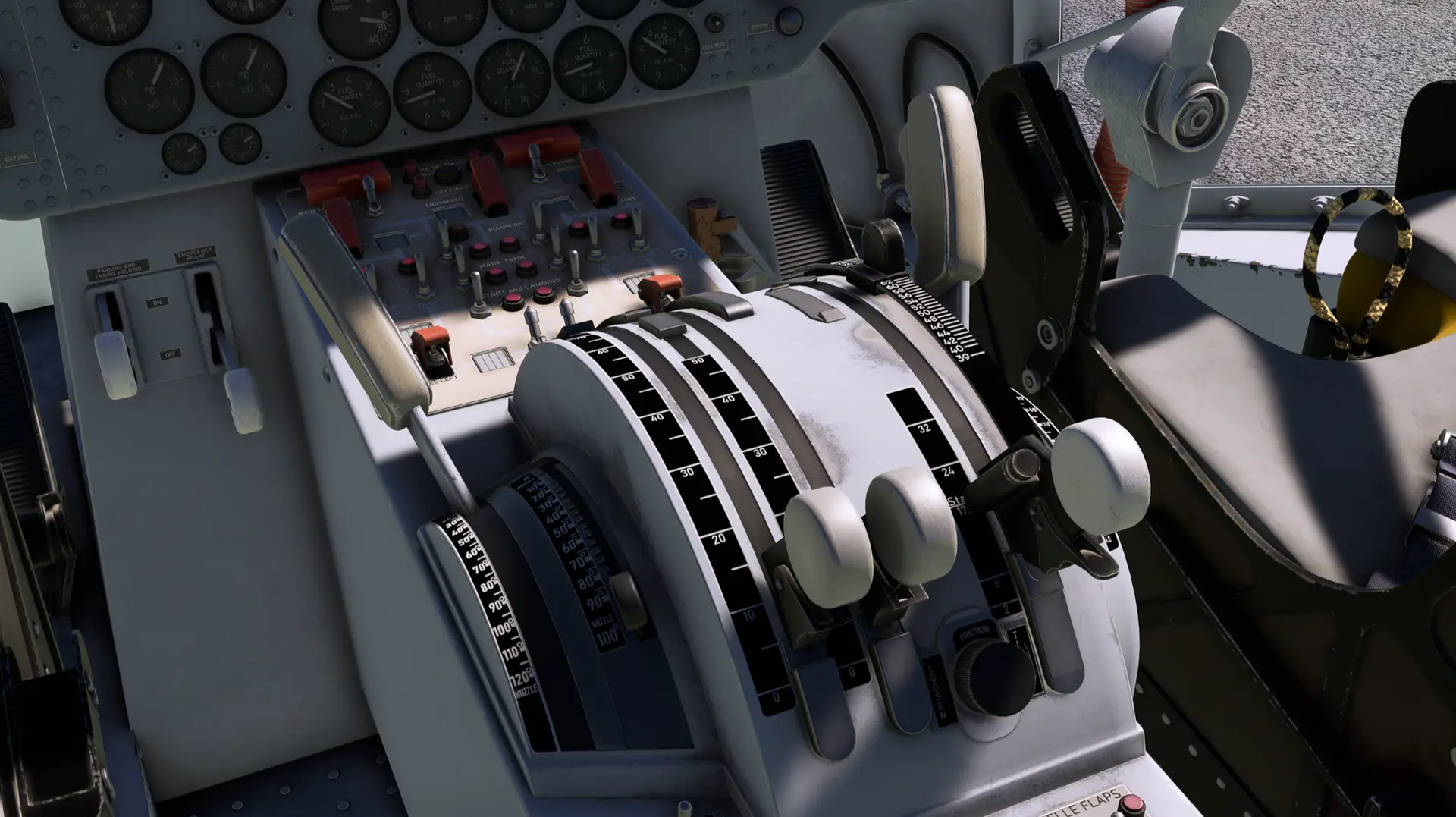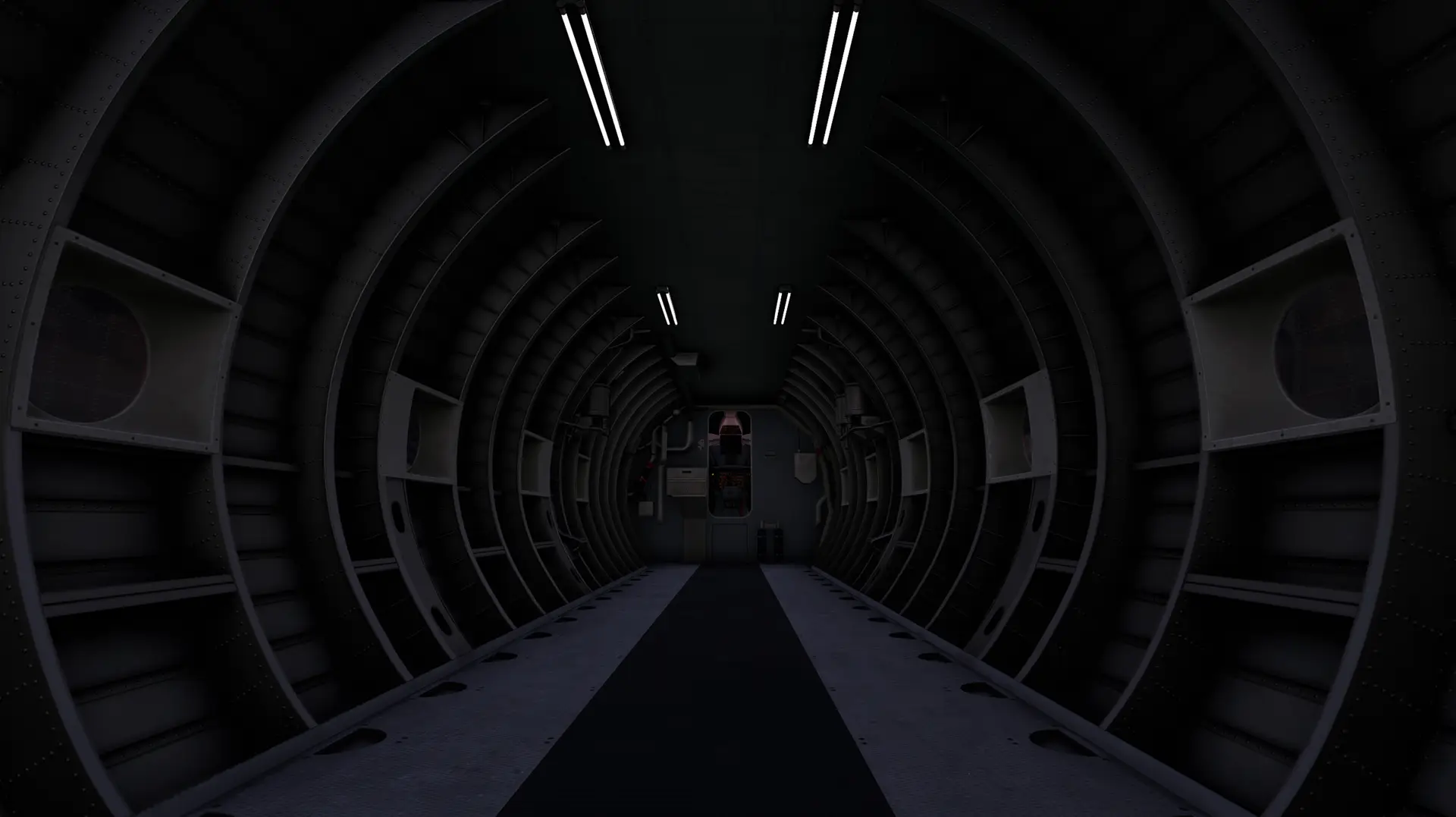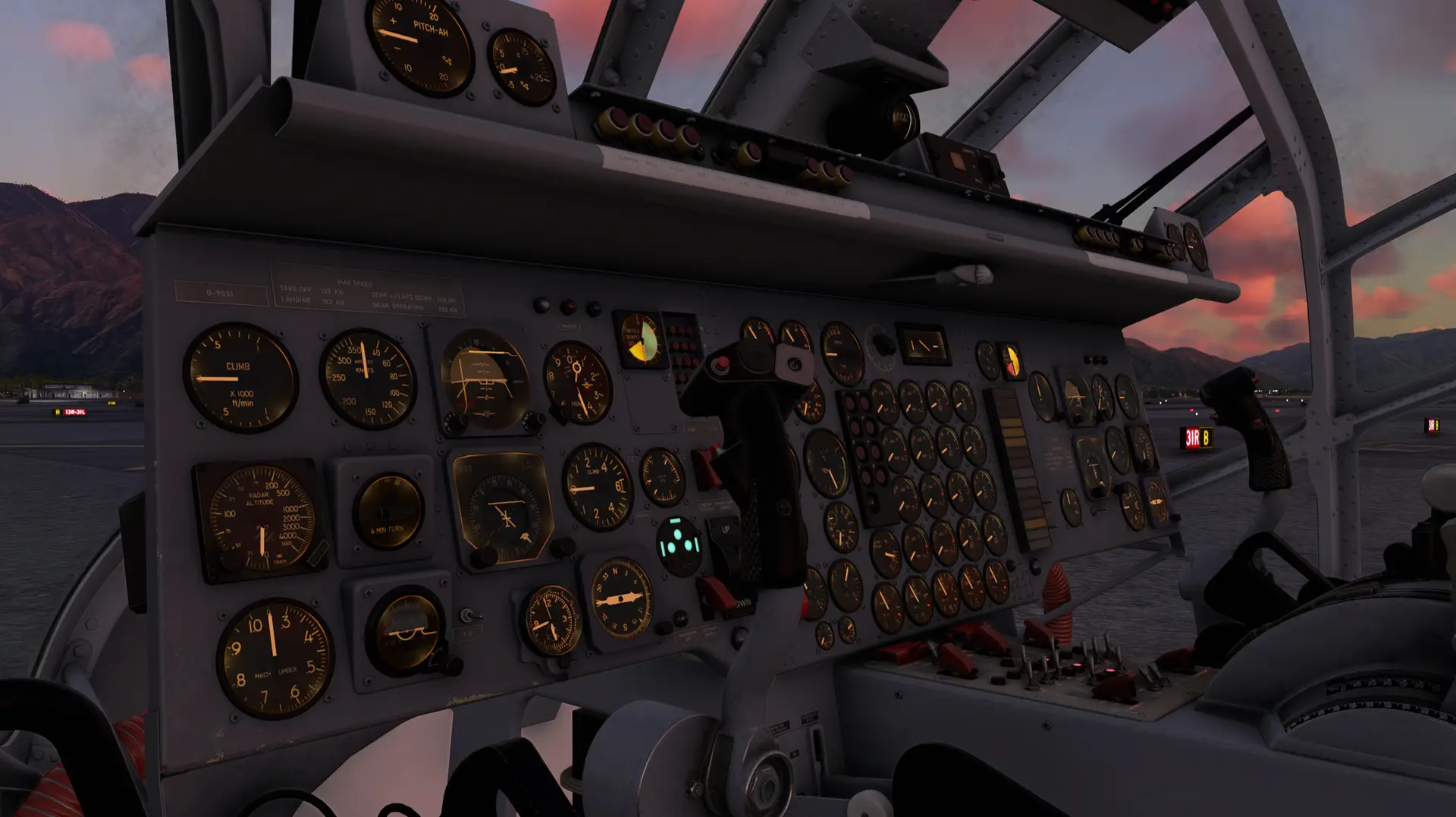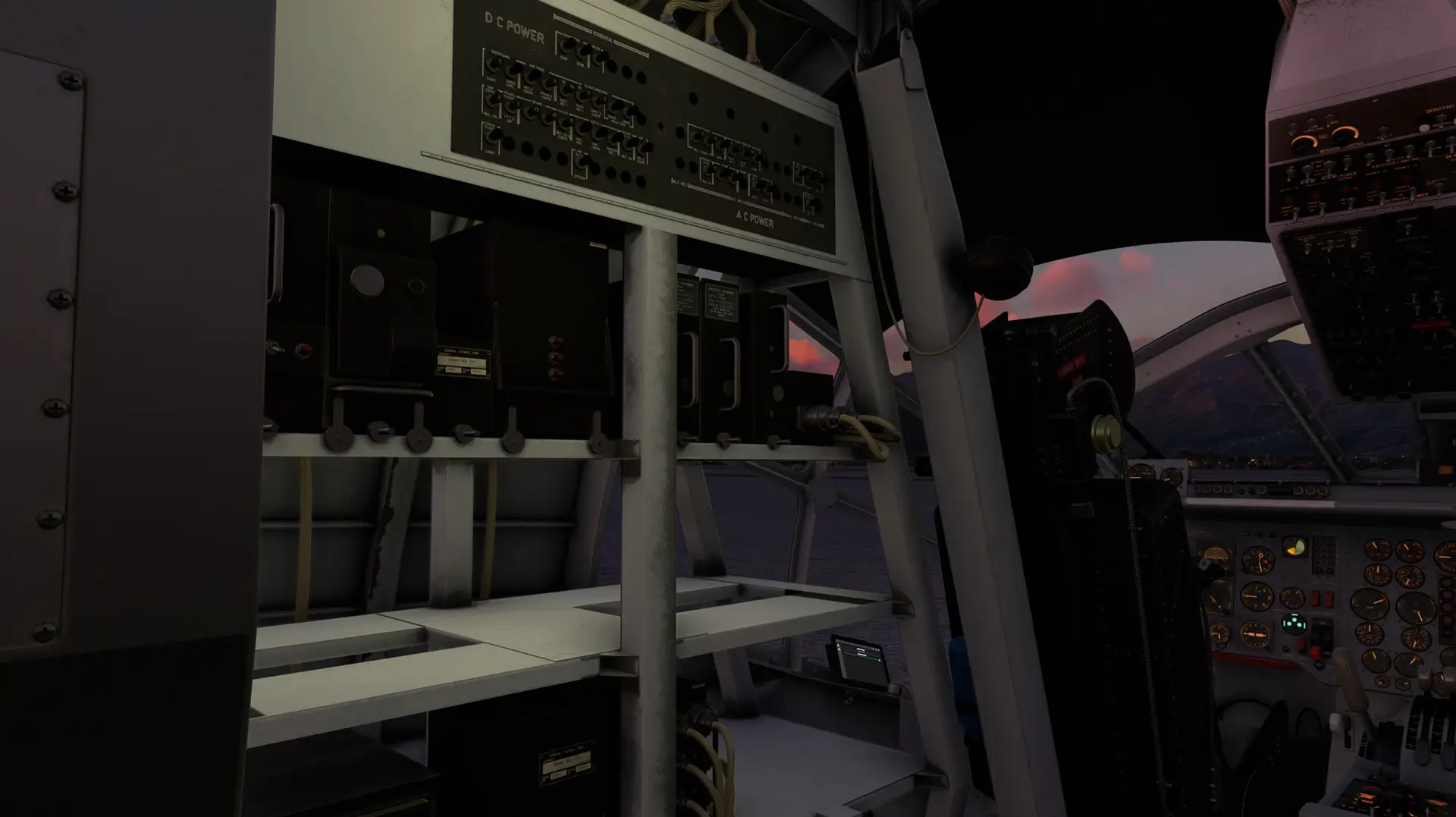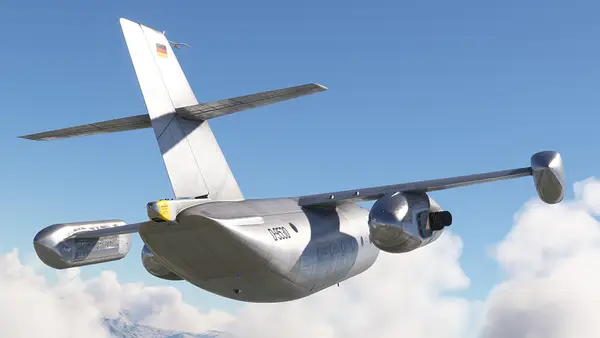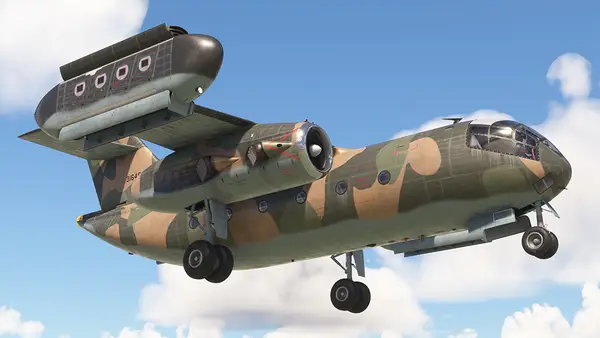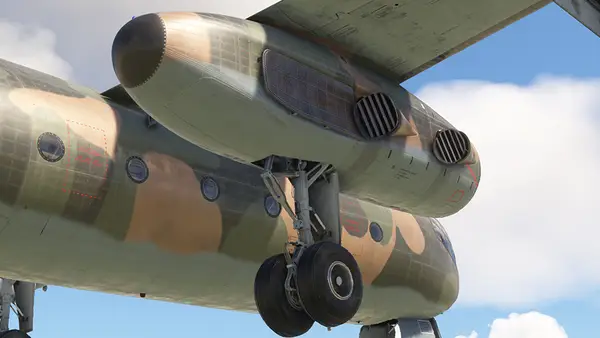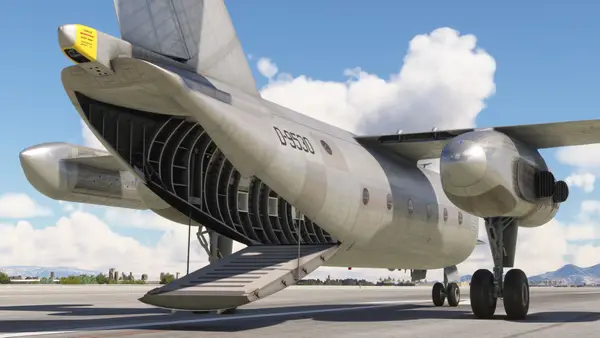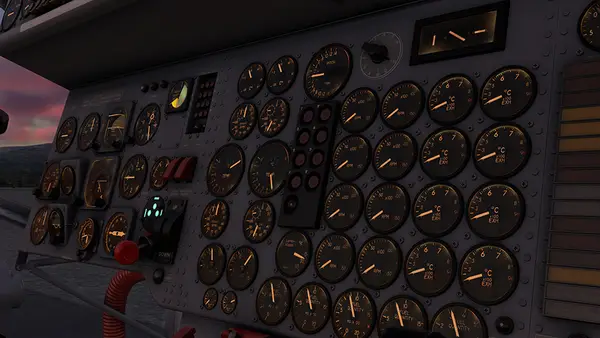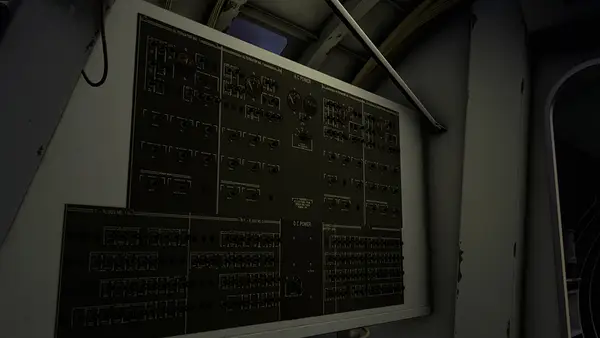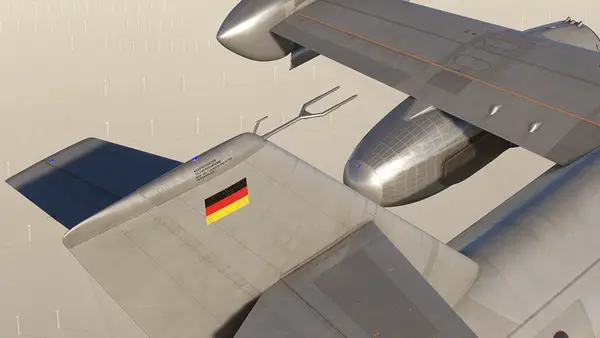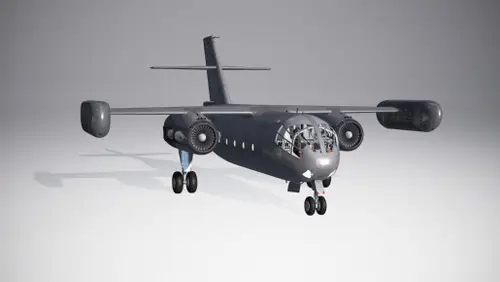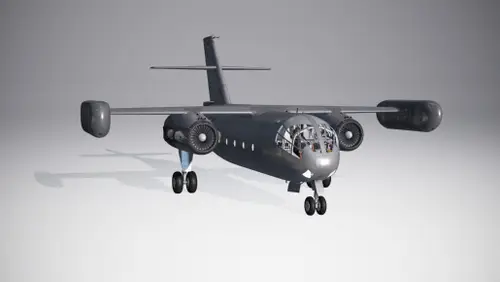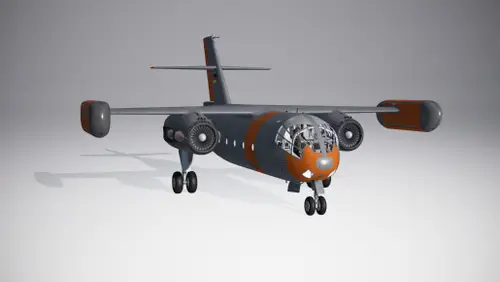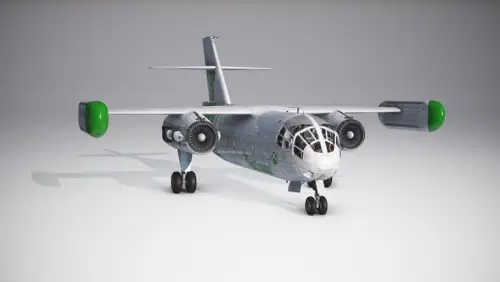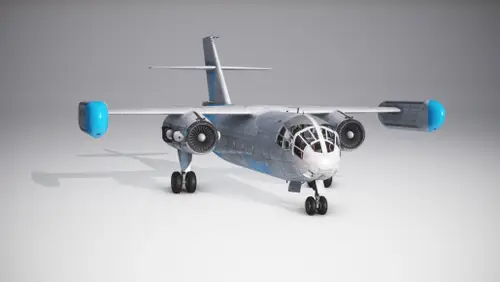The Do 31 is a jet-powered, vertical take-off and landing (VTOL), experimental military aircraft developed by West German aviation manufacturer Dornier. The Do 31, of which Dornier only produced three (two of which were airworthy), holds the distinction of being aviation history’s only jet-powered VTOL utility / transport aircraft ever created. It took its maiden flight on February 10, 1967 and performed a number of experimental and public demonstration flights. The program was cancelled in April of 1970.
The Do 31 program traces its lineage to the Cold War and the desire of NATO and West Germany to develop resilient air force capabilities in the event of armed conflict. The West German military, the Bundeswehr, sought air power systems in the early 1960s that could launch and land even if Soviet Bloc forces destroyed their airfields. This meant developing experimental vertical take-off and landing systems that could be evolved into production aircraft able to operate out of traditional air facilities, small expeditionary airfields, or even roads and highways, including Autobahns. The Bundeswehr’s overall plan included three VTOL aircraft: a fighter / interceptor that was designated the EWR VJ 101, a surface attack platform called the VFW VAK-191B, and a large utility aircraft that could transport troops and cargo, the Dornier Do 31.
Dornier had gained experience with short take-off and landing (STOL) aircraft prior to embarking on the Do 31 project. The Dornier Do 29, which took its maiden flight in late 1958, was an experimental twin-engine, piston-powered aircraft that used tilting motors to boost lift for take-off. The jet-powered Do 31 would prove far more complex, requiring developing some of the most advanced aviation technology to that point in history.
Dornier crafted a design, formally called the Do 31E (E for Experimentell), using a high main wing, a cruciform empennage, a capacious fuselage with a rear-loading cargo ramp system, and retractable tricycle landing gear. Two Rolls-Royce Pegasus BE.53/2 turbofan engines, each producing up to 15,500 pounds of thrust directed through four thrust vectoring nozzles, provide primary power. Each Pegasus is housed in a nacelle, one under each side of the wing. For complementary thrust and redundancy purposes—should one of the Pegasus engines fail mid-flight—Dornier crafted wingtip nacelles which house four vertically-oriented Rolls-Royce RB-162-4D turbojet engines, each producing up to 4,400 pounds of thrust. In total, the Do 31 is powered by ten engines that produce an aggregate 66,200 pounds of thrust. Only a handful of other aircraft in history have comprises ten or more engines, notably Dornier’s massive flying boat, the Do X, which used 12 engines.
To provide control of the Do 31 throughout all its flight regimes, Dornier crafted a hybrid analog-digital computer, the DO-960. The computer enables stable and precise control in horizontal flight mode, transitional flight, and aircraft mode. The Do 31 lifts off with thrust from the Pegasus engines vectored downward through its rotating nozzles combined with thrust from the wingtip turbojets. Stability is provided by the DO-960 computer by varying the thrust of each engine as well as bleed air from the Pegasus engines ducted to nozzles in the tail of the aircraft. The aircraft transitions to forward flight mode by the rotation of the nozzles of the Pegasus engines rearward.
Flight tests proved the Do 31 to be remarkably maneuverable and versatile. It could hover, fly backwards, and rotate with precision, and then transition into forward flight for high speed transit. The aircraft set a series of flight records for its class—of which it was the only member. The Do 31 and the entire concept of a jet-powered VTOL air force was abandoned in the early 1970s due to cost, complexity, and strategic outlook.
The Do 31 is piloted by two and can carry up to 36 combat loaded troops, 7,700 pounds of cargo, or some combination. It has a range of 1,120 miles, a service ceiling of 35,000 feet above sea level, and it climbs at a 3,780 feet per minute. The Do 31 cruises at 400 miles per hour and it has a top speed of 450 mph.
